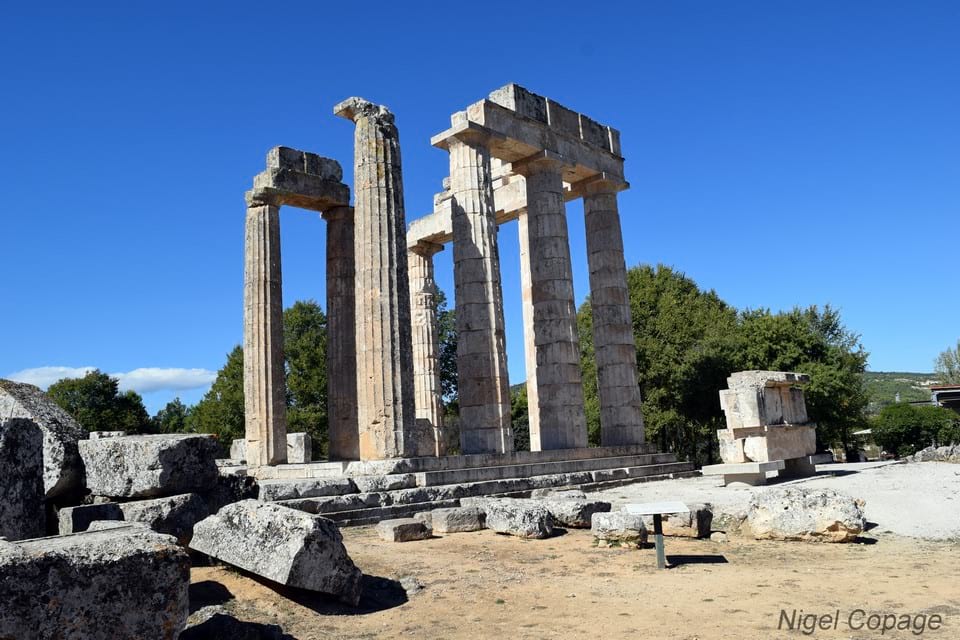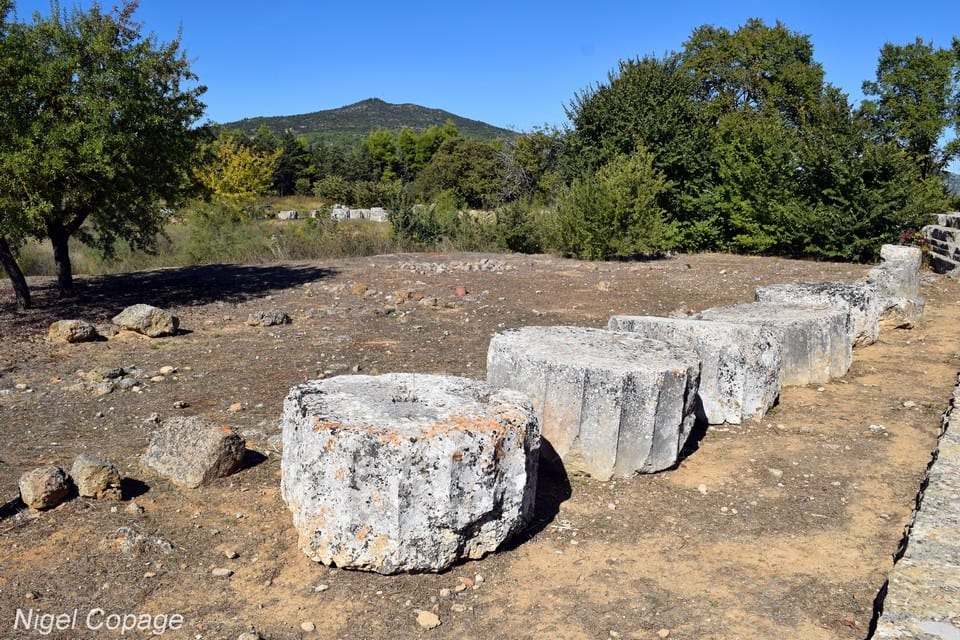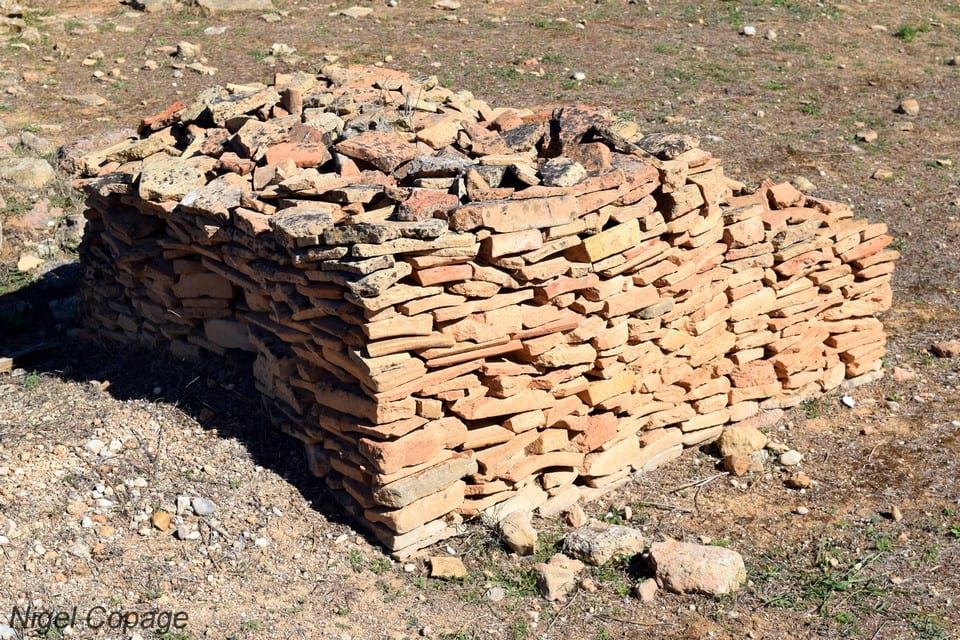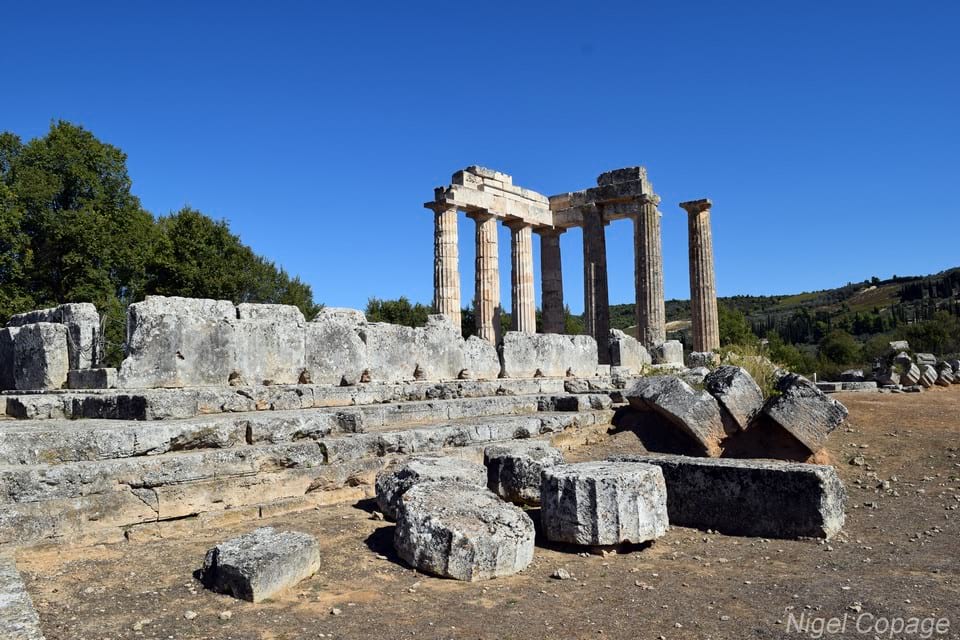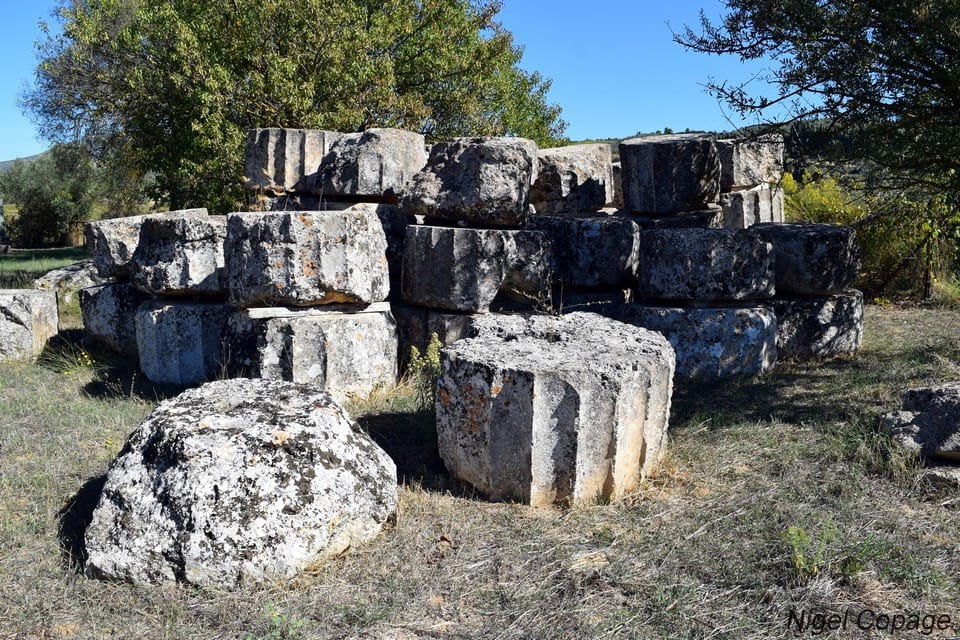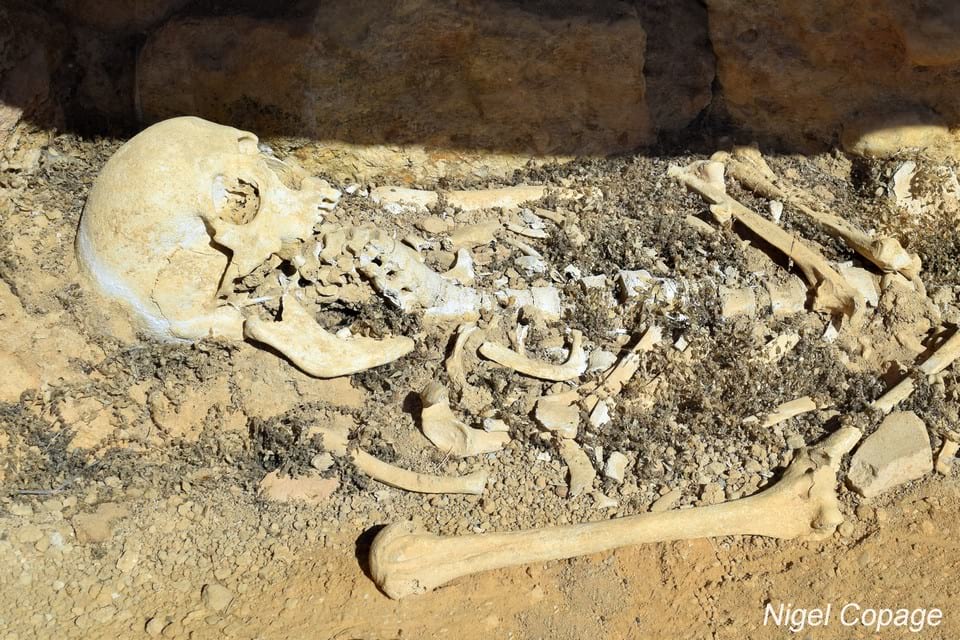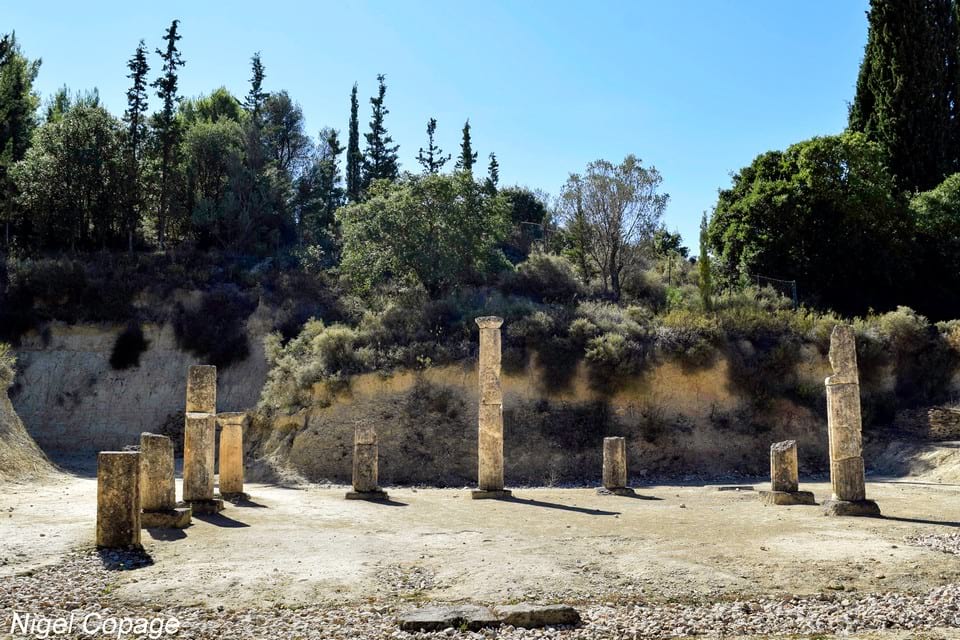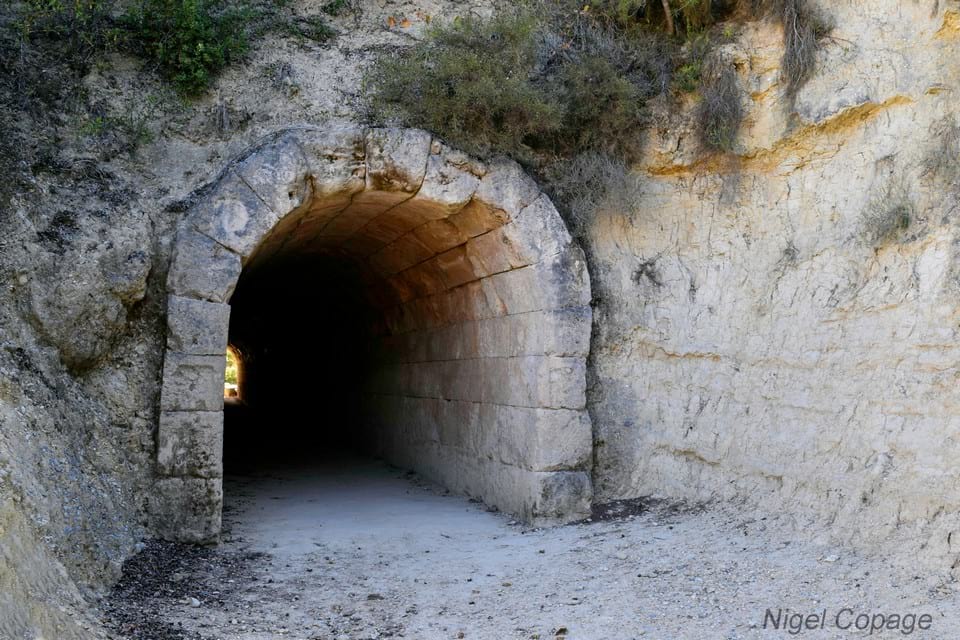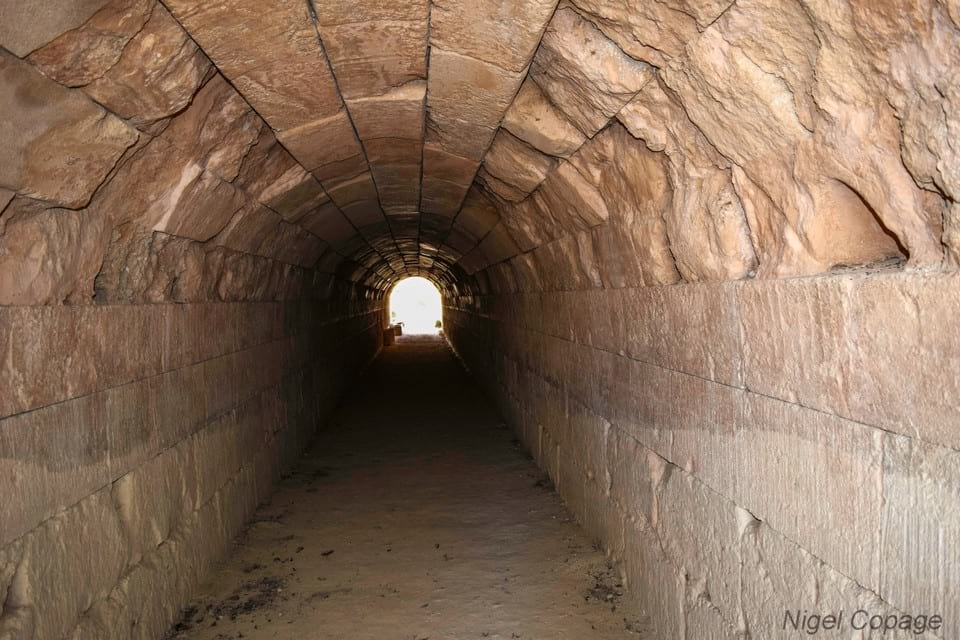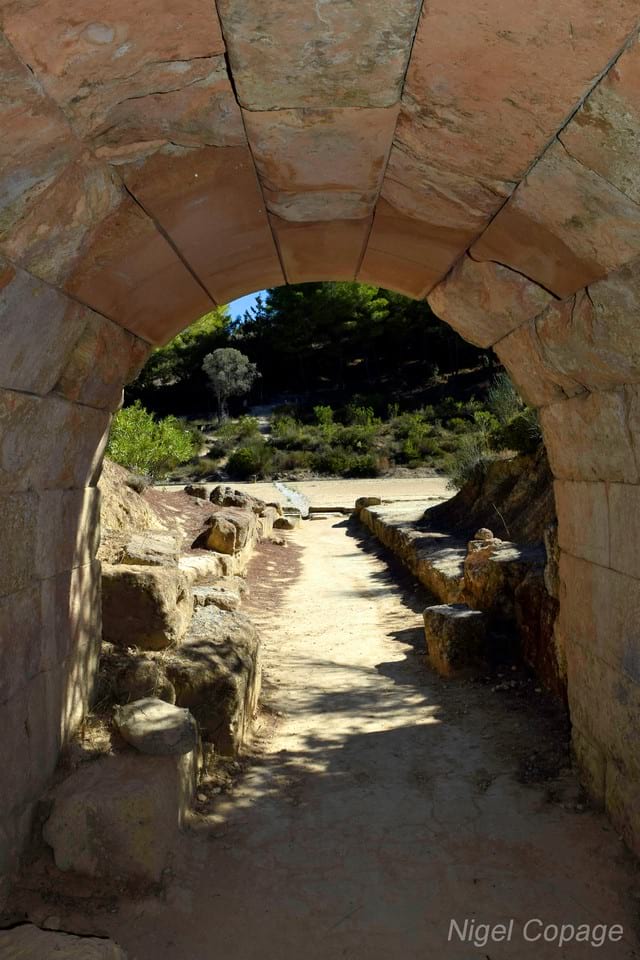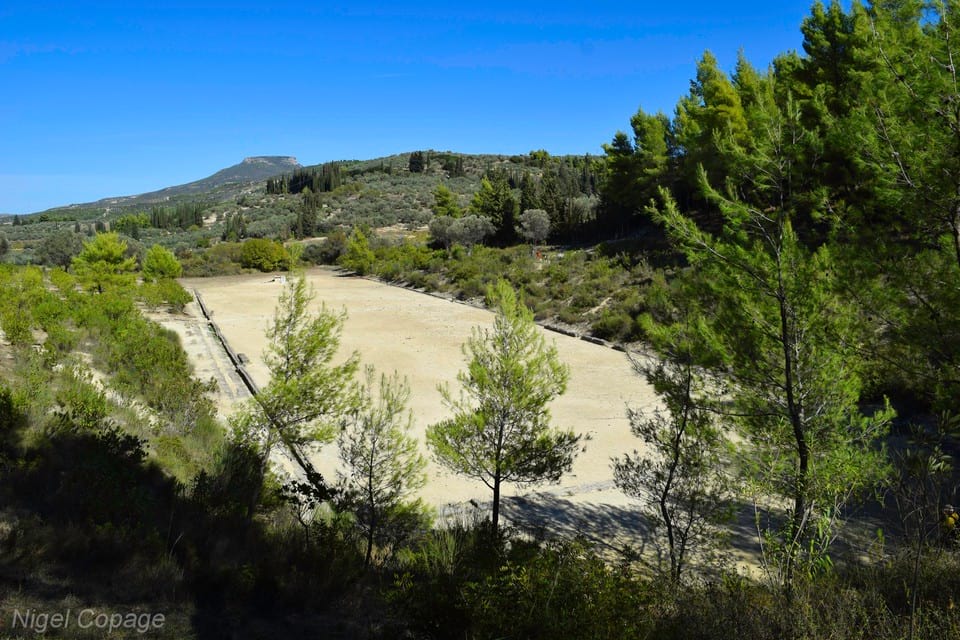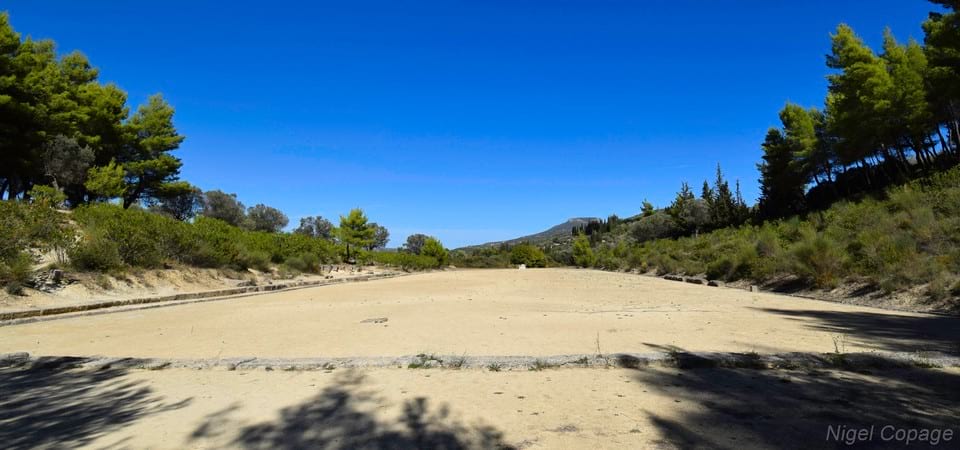
Nemea is situated in a fertile valley some 35km southwest of Corinth and is where Hercules is said to have killed the Nemean lion, the first of his twelve labours. It is also famous as the site of the Panhellenic Nemean Games held in honour of Zeus and was an important religious sanctuary of ancient Greece.
Mythology
In Greek mythology, Nemea is best known for being where Hercules killed the ferocious Nemean lion as the first of his twelve labours. The lion lived in a cave on the side of Mount Triton and was said to have terrorised the local population. Hercules trapped it in the cave and the either killed it with a club or according to another version of the legend strangled it to death.
One explanation for the founding of the Nemean games is that they were instituted by Hercules following his success in slaying the lion. But an alternative is that the games were introduced by Adratis, King of Argos, to commemorate his baby son, Opheltes, who was killed by a snake.
History
The area around Nemea is characterised by fertile valleys with an abundant supply of water and is known to have been inhabited since the Neolithic era. During the Archaic period a cult centre developed and this became a sanctuary dedicated to Zeus; it was during this time that the first Temple of Zeus was constructed. From the early sixth century BC the sanctuary began to host sporting events although these were organised by the neighbouring city of Kleonia as Nemea itself was not a population centre.
The Nemean Games were first held in 573 BC and became one of the four major Panhellenic games (the others being the Olympian Games at Olympia, the Pythian Games at Delphi and the Isthmian Games near Corinth). The games were staged every two years, just after the summer solstice in June and lasted several days. Events were entirely athletic and included various foot races (one of which was in full hoplite armour), wrestling, boxing and a pentathlon (running, discus, javelin, wrestling and long jump). There were also chariot races with two and four horses.
In the late 5th century BC the sanctuary of Nemean Zeus was destroyed and the games were transferred to Argos until the site was rebuilt. The stadium which can be seen today was constructed in the late 4th century BC as part of this major reconstruction project. The track had a length of just under 180 metres and the seating capacity was around 35,000. Athletes entered the stadium via a long tunnel (see photos) which is also used by modern day visitors to the site. While waiting in the tunnel to make their entrance some athletes carved graffiti into the walls which can still be seen today.
For some time the games continued to be held in Nemea although there were periods when they alternated between Nemea and Argos. Under the control of Argos non-sporting events were added such as singing or competitions in playing the flute or lyre. In 270 BC the games were transferred definitively to Argos and the sanctuary at Nemea steadily declined.
The main archaeological site at Nemea is dominated by the imposing Temple of Zeus. Three of the original columns never collapsed and for this reason the whereabouts of the site was always known unlike other historical sites which remained undiscovered for centuries. Another six columns have been reassembled and re-erected by a team of American archaeologists. Other structures include a hostelry and a bath-house (under a protective roof). The on-site museum is well worth a visit and houses a large collection of significant exhibits including an impressive collection known as the “Aidonia Treasure” consisting of countless seals and items of gold jewellery from the nearby Mycenean necropolis at Aidonia
Excavations
The first major excavations at Nemea were conducted by the French “Expedition to the Morea” in 1824. In the twentieth century further excavations and restoration works were carried out by the American Classical School at Athens during the years 1924-26 and 1962-64. From 1971 to 2004 a major programme was undertaken by the University of California at Berkeley under the direction of Professor Stephen Miller.
In 1996 the Nemean Games were resurrected and that year the first Modern Nemead was held. Subsequently the event was staged every 4 years (1996, 2000, 2004, 2012, and 2016) to coincide with the Olympic Games. However the 2020 Modern Nemead was postponed until 2021 as a result of the Covid Pandemic.
Click here for a short video on Nemea by Philip Bekyros
Click here for information on tickets, opening hours etc
